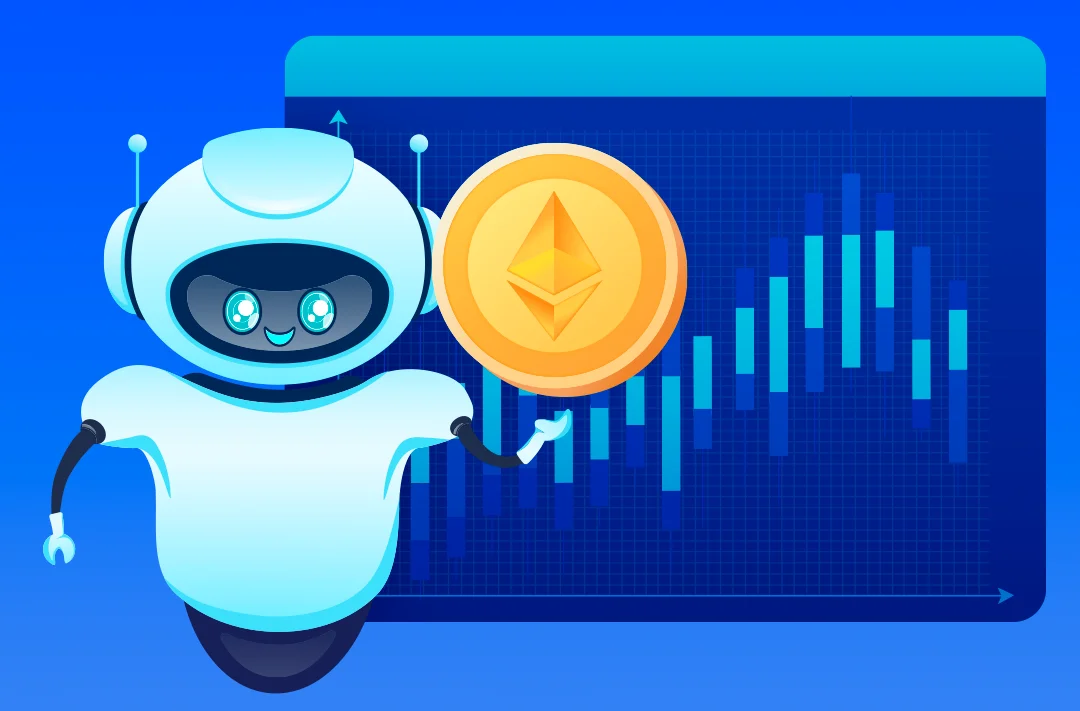Shapella upgrade has been successfully activated on the Ethereum network
Within the first hour of the upgrade, a total of 12 859 coins were unstaked in 4333 operations

13.04.2023 - 08:45
399
3 min
0
What’s new? The Shapella (Shanghai-Capella) hard fork, which allows blocked ETH to be unstaked, was activated on April 13 at 22:27 UTC at epoch 194 048 on the Ethereum mainnet. According to the beaconcha.in explorer, 12 859 coins were unlocked in 4333 withdrawals within the first hour of the upgrade. As of 08:40 UTC, 283,886 validators out of 547 270 active can request partial or full withdrawals.
Information on Shanghai’s website
What else is known? Most of the withdrawals range from 2,07 to 2,34 ETH, suggesting that most of the withdrawals are now staking rewards. According to Rated Network Explorer, 3996 validators signed up for withdrawals in the minutes before Shapella took effect. The total number of coins received as rewards and available for withdrawal exceeds 1 million. In total, there are more than 19 million ETH in staking.
According to analytical company Nansen, the largest share of the total amount of ETH available for withdrawal belongs to the crypto exchange Kraken 75,6%. It is followed by the trading platform Huobi at 6,3%.
As of 08:50 UTC, ETH is trading at $1951, the asset has added 5% in a day, according to Binance. Earlier, Glassnode analysts said that the upgrade would not lead to increased selling pressure. They estimate that less than 1% of total coins will be unlocked in the first week. In addition, the 12 859 ETH unlocked in the first hour represents about 0,07% of the total assets in staking.
Shortly after the upgrade, crypto exchanges Binance and Coinbase opened ETH withdrawals from staking.
#Binance will support $ETH 2.0 Staking withdrawals starting from April 19, 08:00 UTC.Due to the processing limitations on the $ETH network, ETH withdrawal requests may take up to 15 days to several weeks to be fully processed.More details here ⤵️https://t.co/L3iyon58lo — Binance (@binance) April 13, 2023
🥳🎉 The Shapella Upgrade is complete. Congratulations to the @Ethereum community! ETH unstaking is now enabled on https://t.co/bCG11KNnW0. https://t.co/JcTxAVphGZ — Coinbase (@coinbase) April 12, 2023
Ahead of Shapella, analysts at Bank of America called the Ethereum upgrade “a small step forward.” In their view, the innovations are minor, and the network will face increasing competition.
Useful material?
Trends
As of January 21, the capitalization of this sector of the crypto market exceeds $519 billion
Jan 21, 2025
Market
The platform generated $9,5 million in revenue during the same time
Jan 20, 2025
Market
Shares of the Trust are designed to track the market price of XRP with fewer fees and expenses
Jan 17, 2025
Market
The asset will allow USDT to move seamlessly between different blockchains
Jan 17, 2025
Market
Earlier, the community criticized the project for its lack of transparency, which led to a sharp drop in the HYPE token price
Jan 8, 2025
Market
Rising US Treasury bond yields are negatively affecting risk assets
Jan 8, 2025









 Telegram
Telegram  Twitter
Twitter